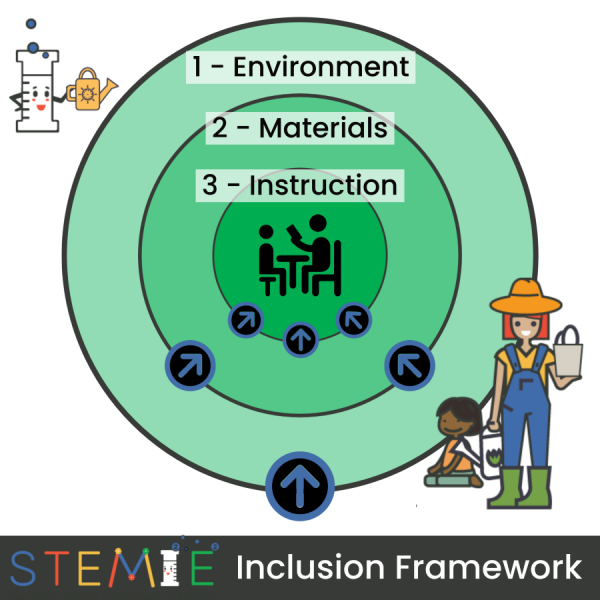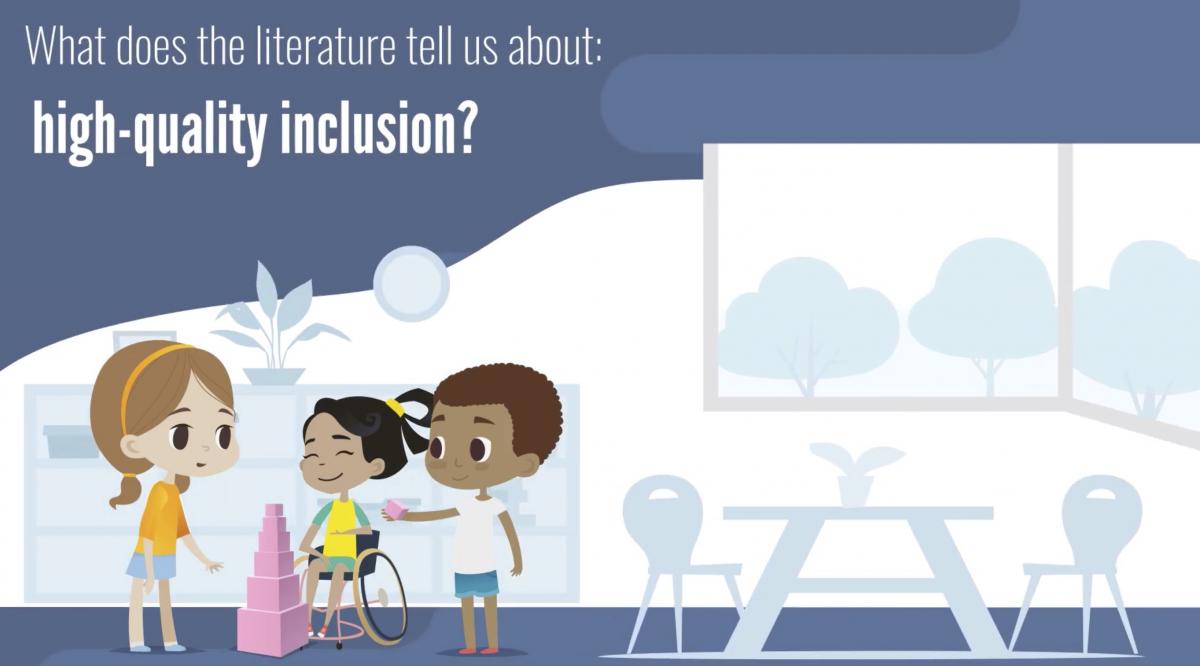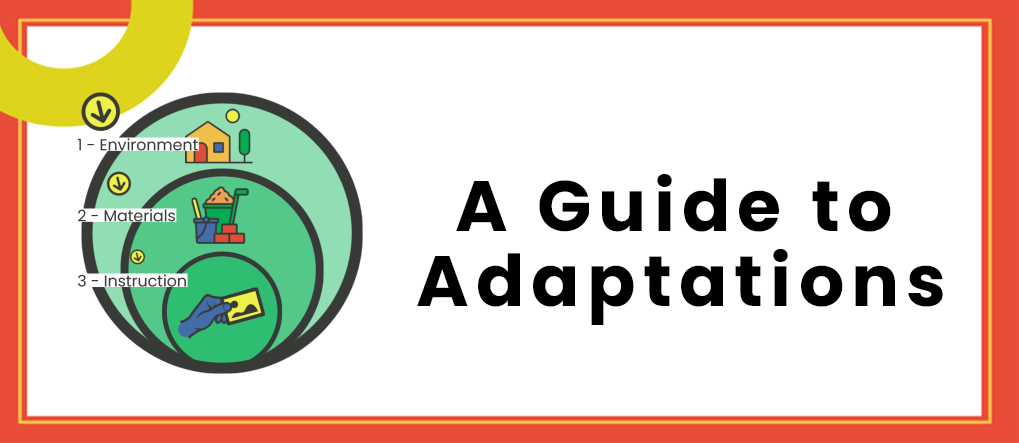All children should have equal access to and full participation in STEM learning opportunities.
Yet children with disabilities and from underserved communities are often denied of STEM learning opportunities. In our short documentary that was directed by Jenna Kanell and premiered at STEMIEFest 2020, you will hear practitioners, families of children with disabilities, and people with disabilities discussing why STEM is important for children with disabilities and how children with disabilities CAN engage and excel in STEM.
Streaming time: 13 minutes
About STEMIE's Inclusion Framework
At STEMIE, we use adaptations and teaching practices to ensure young children with disabilities can fully participate and engage in STEM (science, technology, engineering, and math) learning opportunities and experiences.
 The inclusion framework is informed by evidence-based and recommended practices (e.g., Campbell & Milbourne, 2007; DEC, 2014) and focuses on the supports adults can implement to facilitate STEM learning for children with disabilities.
The inclusion framework is informed by evidence-based and recommended practices (e.g., Campbell & Milbourne, 2007; DEC, 2014) and focuses on the supports adults can implement to facilitate STEM learning for children with disabilities.
Within the hierarchy, adaptations to the environment and materials are aligned to the Division for Early Childhood (DEC) Recommended Practices on environment while instructional adaptations are aligned to the Recommended Practices on instruction.
1. Environment (e.g., room set-up, equipment, how an activity is done, length of time)
2. Materials (e.g., adaptations to toys, materials, assistive technology devices)
3. Instruction (e.g., add information, reduce steps)
Additionally, the use of teaching strategies by adults (e.g., family members, practitioners) or, in some instances, by other children can help facilitate children’s participation in everyday routines, learning experiences, and activities. Using these strategies engages children in activities, maintains their interest, and provides opportunities for them to learn concepts and thinking skills that support STEM learning when using adaptations is not a sufficient support.

 Videos: Learn more about inclusion and why it matters
Videos: Learn more about inclusion and why it matters
 Resource: Learn what are adaptations and see photo examples
Resource: Learn what are adaptations and see photo examples
 Resource: Learn more about what are teaching practices
Resource: Learn more about what are teaching practices